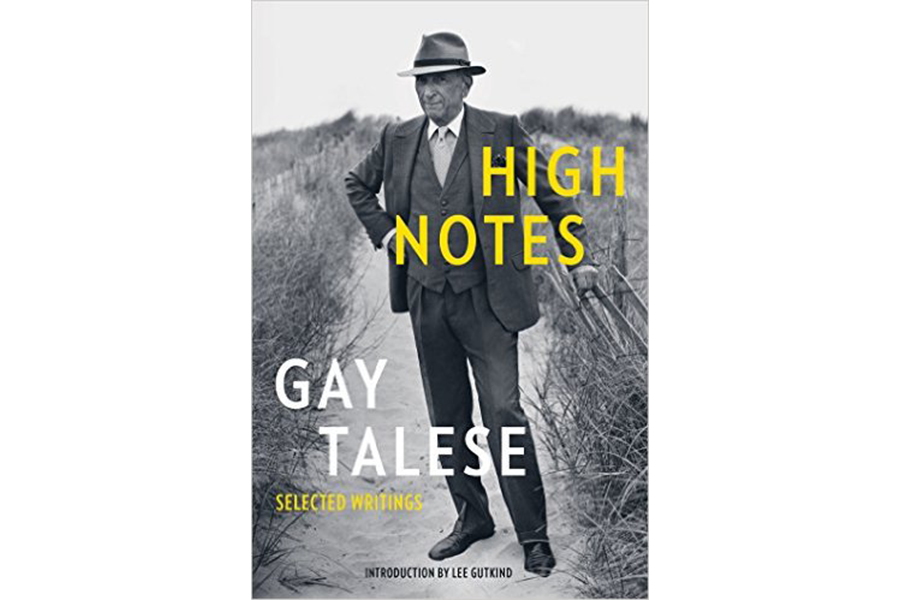What Gay Talese has to teach us in an age of social media
Loading...
In the age of the Internet and social media, we’ve grown accustomed to idea that everything a celebrity does or thinks or experiences is news.
But in 1966, long before Twitter, Facebook, and TMZ documented a star’s every move, Gay Talese grabbed national attention by telling the world that Frank Sinatra had a cold.
Or so we’re reminded in “High Notes,” a new book that collects the best of Talese’s journalism from more than six decades at the keyboard.
Talese rose to fame in the 1960s as a pioneer of New Journalism, a style of reportage in which the writer didn’t so much chronicle his subject as inhabit it, braiding a narrative from copious observation, immersive detail, and long-form storytelling. Talese’s topics have included gangsters and boxers, baseball players and newspapermen, engineers, bridge builders, and restaurateurs.
But nothing Talese wrote has become as durably remembered as his 1966 article for Esquire, reprinted in “High Notes,” called “Frank Sinatra Has a Cold.” The magazine had sent Talese to Los Angeles to profile the singer, who through his publicist declined to be interviewed, claiming he was under the weather with a cold.
Whether it was really a cold – or cold feet about speaking to the press – that kept Sinatra away from Talese, the writer couldn’t say. But instead of giving up and leaving town, Talese continued the assignment without the singer’s direct cooperation, learning what he could about Sinatra from watching him closely and interviewing those around him.
The result was masterful, revealing Sinatra in a way that a conventional interview could not – for the simple reason that sometimes, other people know us even better than we do.
The story, widely anthologized, is often used in writing classes to illustrate how much can be learned by carefully watching and listening, even when a subject seems, at first glance, not very promising.
“Frank Sinatra Has a Cold” has become so iconic, in fact, that Talese wrote a later piece, also included in “High Notes,” that explains how he pulled the piece off. In “On Writing ‘Frank Sinatra Has a Cold,’” Talese details the research that went into the assignment. He stayed in Los Angeles several weeks, “ran up expenses close to $5,000, returned to New York, and then took another six weeks to organize and write a fifty-page article that was largely drawn from a two-hundred page chronicle that represented interviews with more than one hundred people....”
Now that the media universe has splintered and the economics of journalism has changed, few magazines would be willing to finance the travel and legwork needed for a piece like “Frank Sinatra Has a Cold,” Talese tells readers.
“The road has become too expensive,” he writes with an almost audible sigh. “The writer is home.”
– Danny Heitman, a columnist for The Advocate newspaper in Louisiana, is the author of “A Summer of Birds: John James Audubon at Oakley House.”







